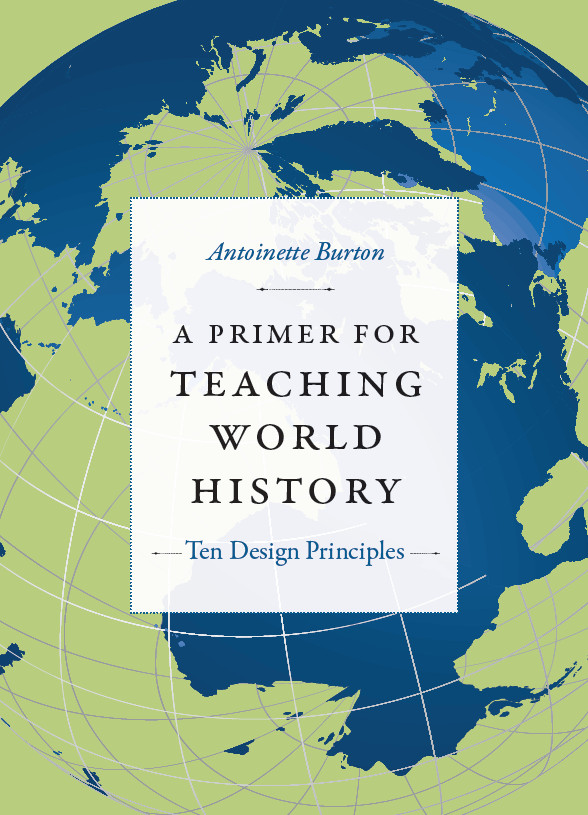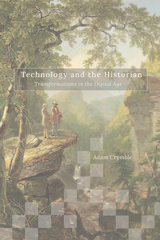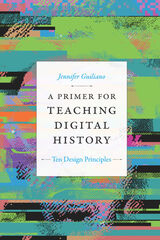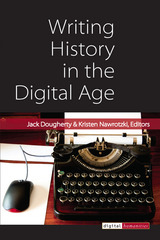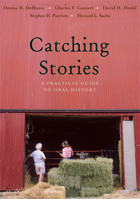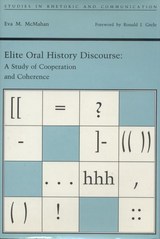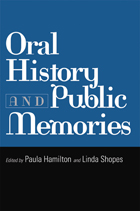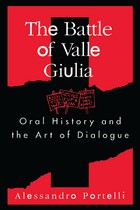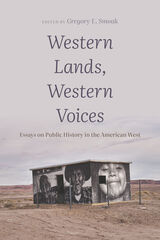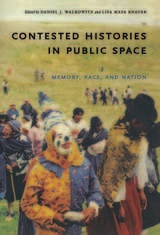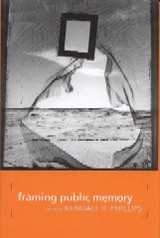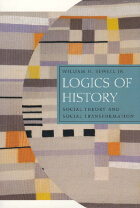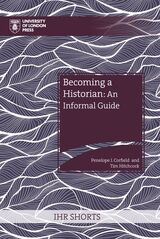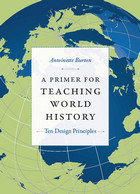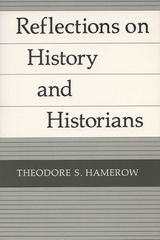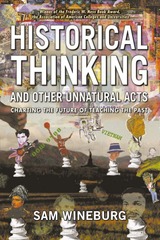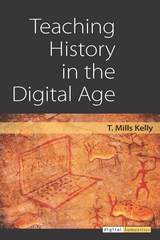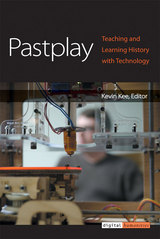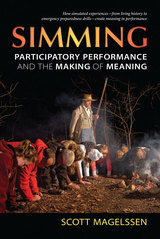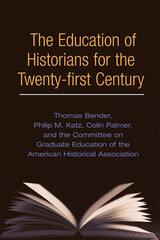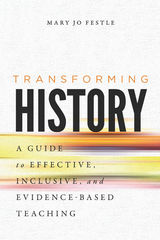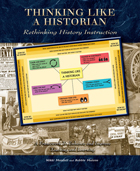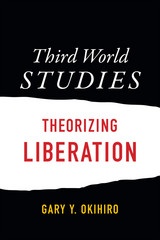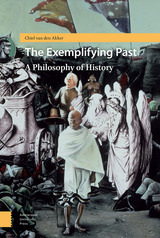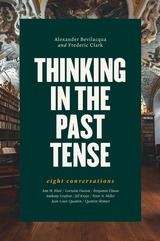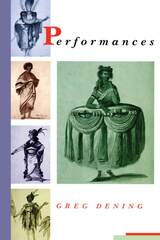"Antoinette Burton has done everyone who teaches world history a great service: she shows how the most significant new work by scholars can be incorporated in ways that make world history more exciting, satisfying, and successful at introducing students to historical thinking and writing. No one who teaches this survey will remain untouched by what she has to say."—Lynn Hunt, Eugen Weber Professor of Modern European History, University of California, Los Angeles
"Antoinette Burton's concise but meaty book provides essential advice for the many new and experienced instructors faced with the daunting challenge of teaching world history in what are often ever-larger classes. Its emphasis on creating a course around certain design principles is both welcome and timely, allowing instructors to develop a course that is both meaningful and manageable."—Merry Wiesner-Hanks, Distinguished Professor of History, University of Wisconsin, Milwaukee
“What emerges from the work is a portrait of a reflective historian. Burton has created her own course, built on her own specialties in the British Empire and the body. She is thus a knowledgeable and opinionated guide…Therefore, it is a work that should be read and discussed by all serious practitioners.”
-- Jeremy Greene World History Connected
“Burton offers guidance for both the area specialist hired to teach a class for which they lack specific training, and the secondary teacher, who, even with an assigned textbook, must choose what shape their course will have…. There is plenty here to engage the experienced classroom teacher…. [T]eachers at every level will find most useful Burton’s description of the many strategies and teaching techniques which she has used successfully.”
-- Dean T. Ferguson The History Teacher
“For those writing, teaching, or reading about global Christian history, there is much of value in Burton's volume, and yet it is not just about Christianity. She raises significant issues of meaning, value, and connection…without concluding what must or should be taught. She opens a number of doors for global historical scholarship, but each writer and teacher must decide which ones to enter, and to what purpose.”
-- Scott W. Sunquist International Bulletin of Missionary Research
“This book is recommended reading for all teachers and PhD students who want to know more about world history and are looking for practical suggestions on how to design and organise their syllabus.”
-- Dario Miccoli European Review of History
“Burton’s examples of syllabus design and teaching strategies are… imaginative and lively… and they break away from the textbook world history model that often feels like a history of the West and the rest…. Burton’s book will resonate most with those teachers who have learned from experience how much they can—and must—‘dare to omit’ in their pursuit of effective, skills-based teaching.”
-- Jonathan E. Robbins History: Reviews of New Books
"[Burton's] emphasis on choosing a theme that unifies (and narrows) coverage of the world's different regions, while also creating course assignments that develop students' skills, is particularly helpful to teachers at both college and high school levels faced with the otherwise daunting and overwhelming task of fairly and adequately covering the history of the entire world.... Since studying World History is such an important corrective to past practices, it is good that Burton guides teachers. Any history teacher, and many others in interdisciplinary or area studies, will benefit from reading this book."
-- Gail M. Presbey Journal of Third World Studies
